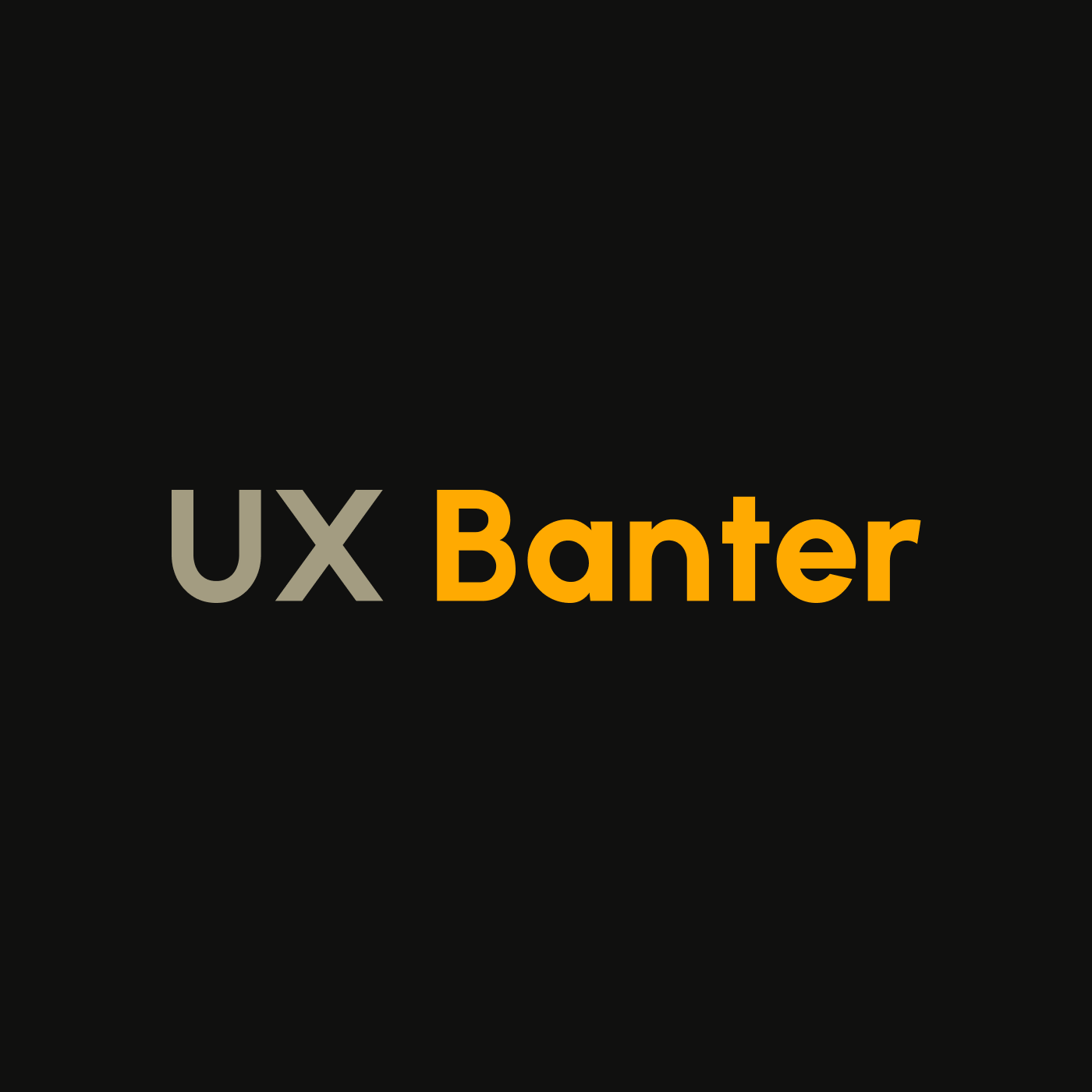- After-Shows
- Alternative
- Animals
- Animation
- Arts
- Astronomy
- Automotive
- Aviation
- Baseball
- Basketball
- Beauty
- Books
- Buddhism
- Business
- Careers
- Chemistry
- Christianity
- Climate
- Comedy
- Commentary
- Courses
- Crafts
- Cricket
- Cryptocurrency
- Culture
- Daily
- Design
- Documentary
- Drama
- Earth
- Education
- Entertainment
- Entrepreneurship
- Family
- Fantasy
- Fashion
- Fiction
- Film
- Fitness
- Food
- Football
- Games
- Garden
- Golf
- Government
- Health
- Hinduism
- History
- Hobbies
- Hockey
- Home
- How-To
- Improv
- Interviews
- Investing
- Islam
- Journals
- Judaism
- Kids
- Language
- Learning
- Leisure
- Life
- Management
- Manga
- Marketing
- Mathematics
- Medicine
- Mental
- Music
- Natural
- Nature
- News
- Non-Profit
- Nutrition
- Parenting
- Performing
- Personal
- Pets
- Philosophy
- Physics
- Places
- Politics
- Relationships
- Religion
- Reviews
- Role-Playing
- Rugby
- Running
- Science
- Self-Improvement
- Sexuality
- Soccer
- Social
- Society
- Spirituality
- Sports
- Stand-Up
- Stories
- Swimming
- TV
- Tabletop
- Technology
- Tennis
- Travel
- True Crime
- Episode-Games
- Visual
- Volleyball
- Weather
- Wilderness
- Wrestling
- Other
The power of user-centered design: A conversation with Mindy League - Mindy League - S3 Ep. 9
In this episode, we are joined by Mindy League, the UX Director at Elevated Third. A true master of design thinking, research, and UX expertise, she has the remarkable ability to align business objectives with user needs, making her a valuable asset to enterprise stakeholders. With a unique blend of empathy, design thinking, and research expertise, she crafts exceptional product experiences for top global brands like HP, Emerson, and IBM. Discussion Points - Can you share your journey and what led you to choose a career in UX design, ultimately reaching the position of UX Director at Elevated Third? 1:35 How was the transition from living in Texas to moving to New York and working as a product designer there? 5:23 Do you believe that experiencing the humane side of New York city contributed to your empathic approach to user experience design? 7:03 What were the similarities and major differences you experienced during your transition from physical product design to software product design, and how do you find both roles? 10:36 Do you believe having a variety of experiences in their career is crucial for designers aiming to become design leaders and make a bigger impact? 16:13 Rapid fire round 18:12 How does UX connect with marketing, considering that marketing revolves around business goals and financial outcomes? 26:53 What are some leadership challenges that you think you learned the hard way? 32:18 What is the advice you would give to green designers? 33:35 Show notes - It was interaction design when I started; UX hadn't been defined. The people at IBM had backgrounds in human factors and engineering human interactions. I had been doing it for a long time. And so as we were stepping out, we were saying, "We do UX, user experience design." Vulnerability is something that people are sometimes shy to show, but once you do, you can really connect with other people, including your clients and users, and bring that through the whole process. Comparing physical and digital product design reveals similarities and differences. Physical products offer tangible satisfaction and visibility, while digital products provide flexibility for adjustments like fixing typos. However, rectifying errors in shipped physical products can be more complex. Design thinking really helps when you have a brief. It's abstract, and you don't know exactly what they have in mind. With design thinking, you can tease out more information, explore it, and dissect it like a prism. Continually learning, evolving, and being open to keeping up with technology while relying on mentors to help with transitions are extremely important, even if the mentor is not in your field, as they have the background to guide you and apply proven learnings to your work, ushering you into those transitions. The type of work we do at Elevated Third involves working with B2B SaaS companies, where our focus is on creating websites that generate customers for them, rather than directly working on the SaaS product itself. A lot of the companies we work with are collaborating with branding agencies. These agencies bring us new brand elements for which we design new websites, reflecting the invigorated and youthful nature of the brand. However, their old products don't resemble this new brand in any way. We are really focused on website marketing, particularly for selling produc

